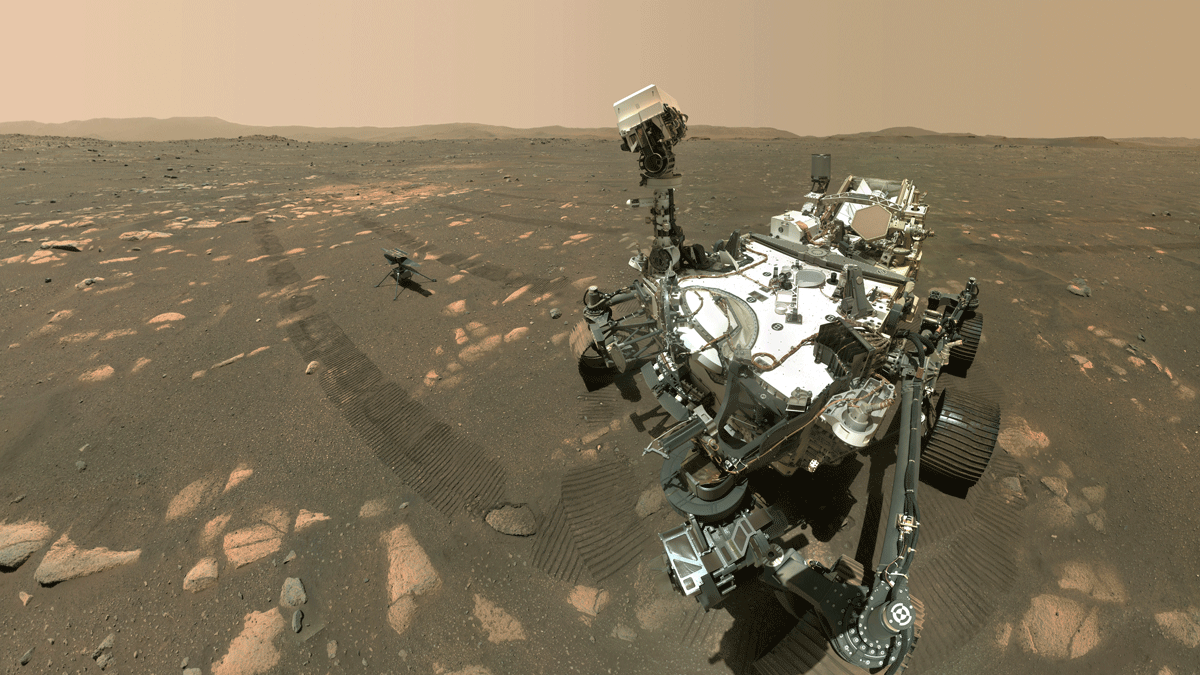
Continue reading

The Perseverance rover just provided its first Martian weather report (it was cold!), which could help inform future missions involving astronauts.
Continue reading

The early asteroids had a similar size, and this could be due to turbulence in the early solar system.
Continue reading

Continue reading

Continue reading

Continue reading

Continue reading

An intermediate mass black hole was discovered by its chance alignment with a gamma ray burst.
Continue reading

Continue reading

NASA's Ingenuity Helicopter survived its first night on the Martian surface and is preparing for its first test flight.
Continue reading

Continue reading

The ionic propulsion system that will allow the Lunar Gateway to orbit the Moon just got its first test, and passed with flying colors
Continue reading

Continue reading

Continue reading

Continue reading

Continue reading

Continue reading

Astronomers study neutron stars using a method made famous by jazz singer Ella Fitzgerald.
Continue reading

Using images obtained by the MRO, a team of researchers has found features on Mars that were formed billions of years ago from glacial run-off.
Continue reading

Continue reading

Continue reading

Continue reading

According to new research from MIT, isoprene is another biosignature we should be on the lookout for on exoplanets!
Continue reading

Continue reading

Continue reading

Continue reading

Continue reading

Continue reading

Continue reading

Continue reading

Continue reading

Continue reading

Continue reading

SpaceX just conducted its fourth high-altitude flight test with a Starship prototype (SN11). Once again, there was a slight explosion!
Continue reading

Continue reading

Continue reading

Continue reading

The Core Stage of NASA's SLS rocket passed its Hot Fire test with flying colors, remaining lit for over 8 minutes.
Continue reading

A study conducted by researchers from Moscow and MIT has determined that a reusable lunar lander is the best option for "returning to the Moon."
Continue reading

Continue reading

A new look at the black hole in M87 tells us about the magnetic fields that drive its activity.
Continue reading

NASA is exploring new concepts for its long-awaited return to the Moon, one of which promises to "beam" power wherever its needed on the lunar surface.
Continue reading

Continue reading

Continue reading

We could gravitationally lens radio signals to communicate with space probes at other stars. Maybe even communicate across the galaxy.
Continue reading

Continue reading

In conjunction with the Navajo Nation, the Perseverance mission team is designating features in the Jezero Crater with Najavo names
Continue reading

A 'new star' erupted into visibility over the past weekend, and continues to brighten.
Continue reading

Continue reading

Continue reading


















































